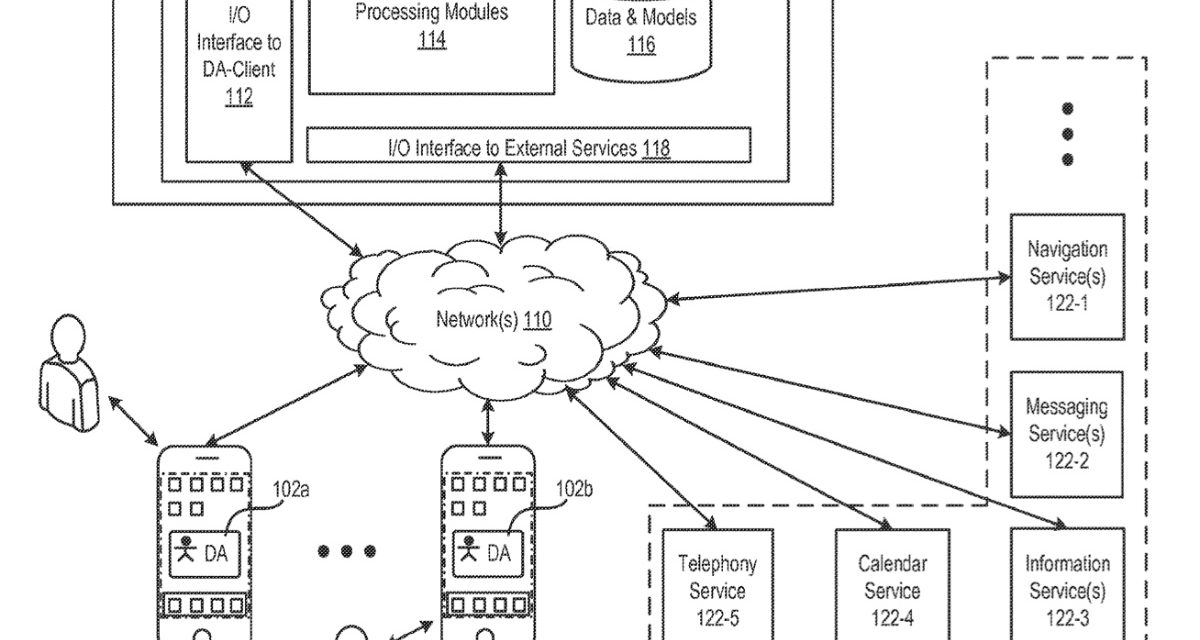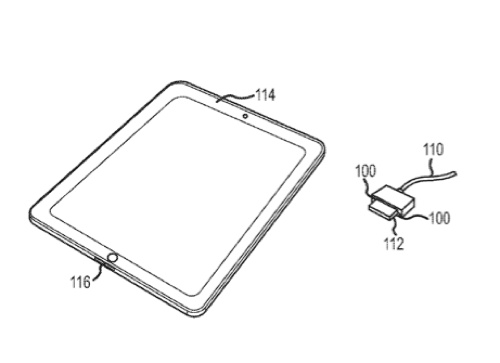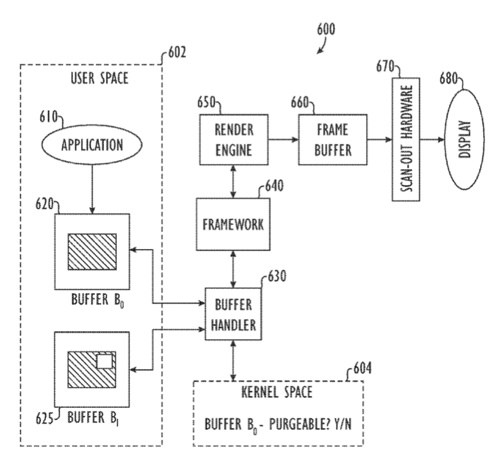Apple has been granted a patent (number 11,321,116) for “systems and methods for integrating third party services with a digital assistant. That assistance being, of course, Siri.
About the patent
In the patent, Apple notes that a digital assistant system’s ability to fulfill a user’s request is dependent on the digital assistant system’s correct comprehension of the request or instructions. Recent advances in natural language processing have enabled users to interact with digital assistant systems using natural language, in spoken or textual forms.
Such digital assistant systems can interpret the user’s input to deduce the user’s intent, translate the deduced intent into actionable tasks and parameters, execute operations or deploy services to perform the tasks, and produce output that is intelligible to the user.
Apple says that, ideally, the output produced by a digital assistant system should fulfill the user’s intent expressed during the natural language interaction between the user and the digital assistant system. The ability of such an assistant to produce satisfactory responses to user requests depends on the natural language processing, knowledge base, and artificial intelligence available to the digital assistant system.
Apple says that, what’s more, while numerous third party systems and services currently exist, there is no efficient means for a digital assistant system to integrate efficiently with such third party computer systems and services. The tech giant says there’s a need for digital assistant systems to integrate with third party computer systems and services that have access to databases otherwise not available to the digital assistant systems. This enables the digital assistant systems to perform tasks that the digital assistant systems cannot otherwise perform.
Summary of the patent
Here’s Apple’s abstract of the patent with technical details: “The electronic device with one or more processors and memory receives an input of a user. The electronic device, in accordance with the input, identifies a respective task type from a plurality of predefined task types associated with a plurality of third party service providers.
“The respective task type is associated with at least one third party service provider for which the user is authorized and at least one third party service provider for which the user is not authorized. In response to identifying the respective task type, the electronic device sends a request to perform at least a portion of a task to a third party service provider of the plurality of third party service providers that is associated with the respective task type.”
Article provided with permission from AppleWorld.Today




